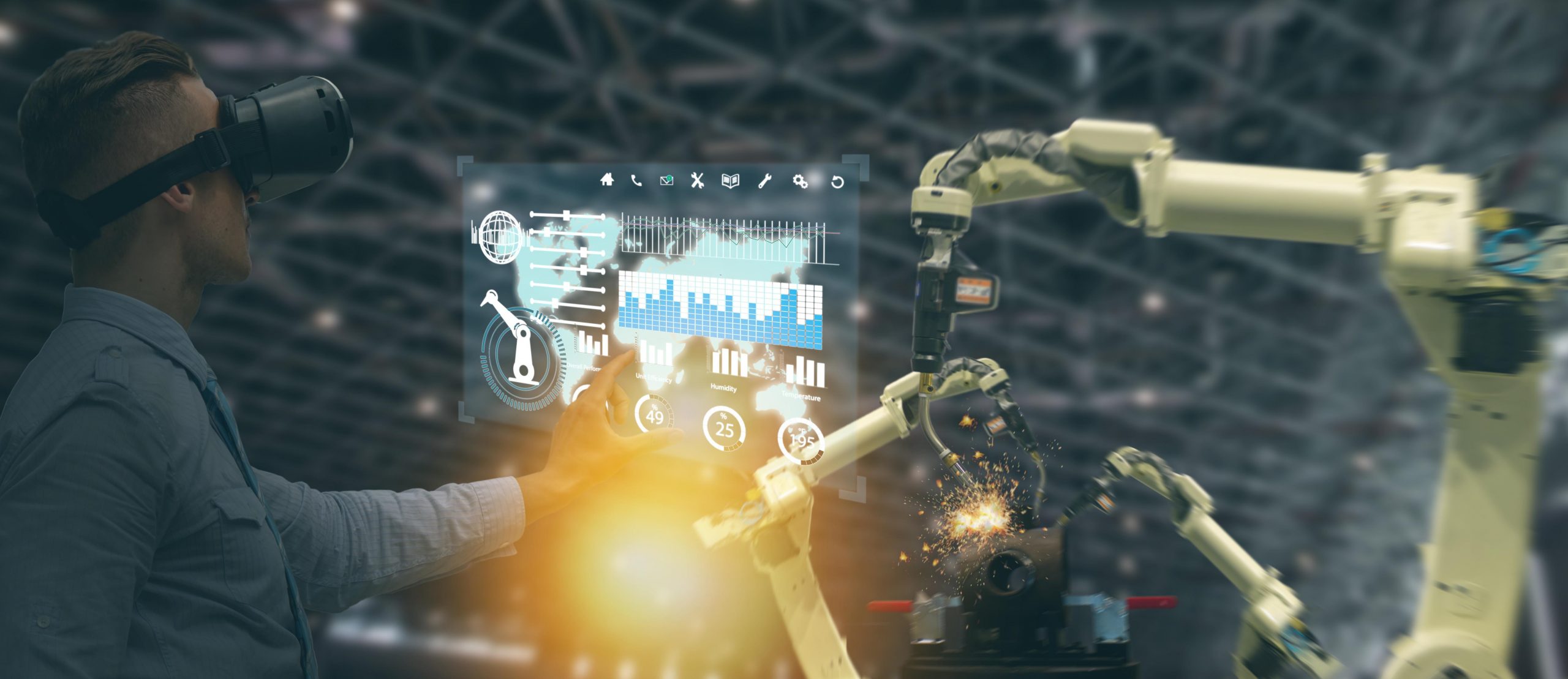A bet is a bet! Back in September James Leek and I became the first (and only) Industry 4.0 Assessors in New Zealand. Around the same time we had a good old-fashioned wager to predict the big trends we would see in our Industry 4.0 assessments by the end of the first quarter this year. We agreed the loser of the wager had to write a blog post about the trends. Our predictions were as follows:
James – “Data will rule the roost, not only the collection of the right data but the transfer of that data to where we can do something useful with it”
Frank (i.e. me!) – “Gloves and Goggles and all the sexy stuff that gets us industry geeks going”
In reality, our predictions were slightly more nuanced, but that may just be me making excuses! We deferred to the boss to declare a winner after putting forward our arguments — a rather weak one in my case obviously as James was declared victorious and as such off the hook for writing this piece. So, here you are, reading the words of a humiliated man.
So with the backstory out of the way, what have been the Industry 4.0 trends we’ve seen in New Zealand in the past 6 months and what do they mean for your business? Here is my summary.
Part One: Shop floor intelligence and closing the data gap.
Part Two: Getting data to where it’s useful.
Part Three: Integrating with your supply chain.
I’ll cover off Part One in this article with Parts Two and Three to follow.
Part One: What is happening out there?
Shopfloor intelligence involves collecting real time, accurate and critical data from your shop floor where it can be processed and analysed to optimise performance. The majority of companies we have taken through the Smart Industry Readiness Assessment make this their priority.
It is hardly surprising that this is a huge area of focus for organisations because with so few businesses globally using shopfloor intelligence, there are some significant gains to be made. The process involves all functions in a business.
Shopfloor data includes: information on progress tracking of jobs; quality of products; productivity of machines and everything in between. It is a concept that teams are able to get their heads around quite easily.
It just seems to click when we start talking about and by breaking down Industry 4.0 into defined dimensions it allows teams to interact with such a massive topic on a level that is meaningful to them. They can see how it will impact their role, which is exactly the kind of insight we need people to get to grips with if they are to embark on the journey to Industry 4.0 maturity. What does this look like for your business?
“…it allows teams to interact with such a massive topic on a level that is meaningful to them”
Do you know where that critical customer job is right now on your shop floor? Do you know the Overall Equipment Effectiveness (OEE) for your bottleneck machine? Can you see whether the product of your make-or-break process is to spec?
These are just a handful of questions we have been asking our Industry 4.0 clients continually for the past 6 months, because if your differentiator is ‘always deliver on time’, then you’re going to need visibility of it within your jobs.
So, when building a client’s high-level Industry 4.0 roadmap, we encourage them to engage in a critical data assessment. This involves mapping the shop floor and the critical data set they should be tracking, to ensure they have the best possible visibility of those parameters to make both their business and product stand out from the crowd.
I hope that exercise was useful. It is a quick and ‘dirty’ way that I often use to challenge my clients on their data maturity. We’ll talk more about data vs insights in part two. For now – thank you for reading.
We are always keen to hear from companies embarking on their Industry 4.0 journey. If you have any questions, please don’t hesitate to get in touch or, if you want to gain more insight, sign up for my next webinar on the 19th March. It looks at maximising the value add from your supply chain, and for your customers, using embedded technology.

